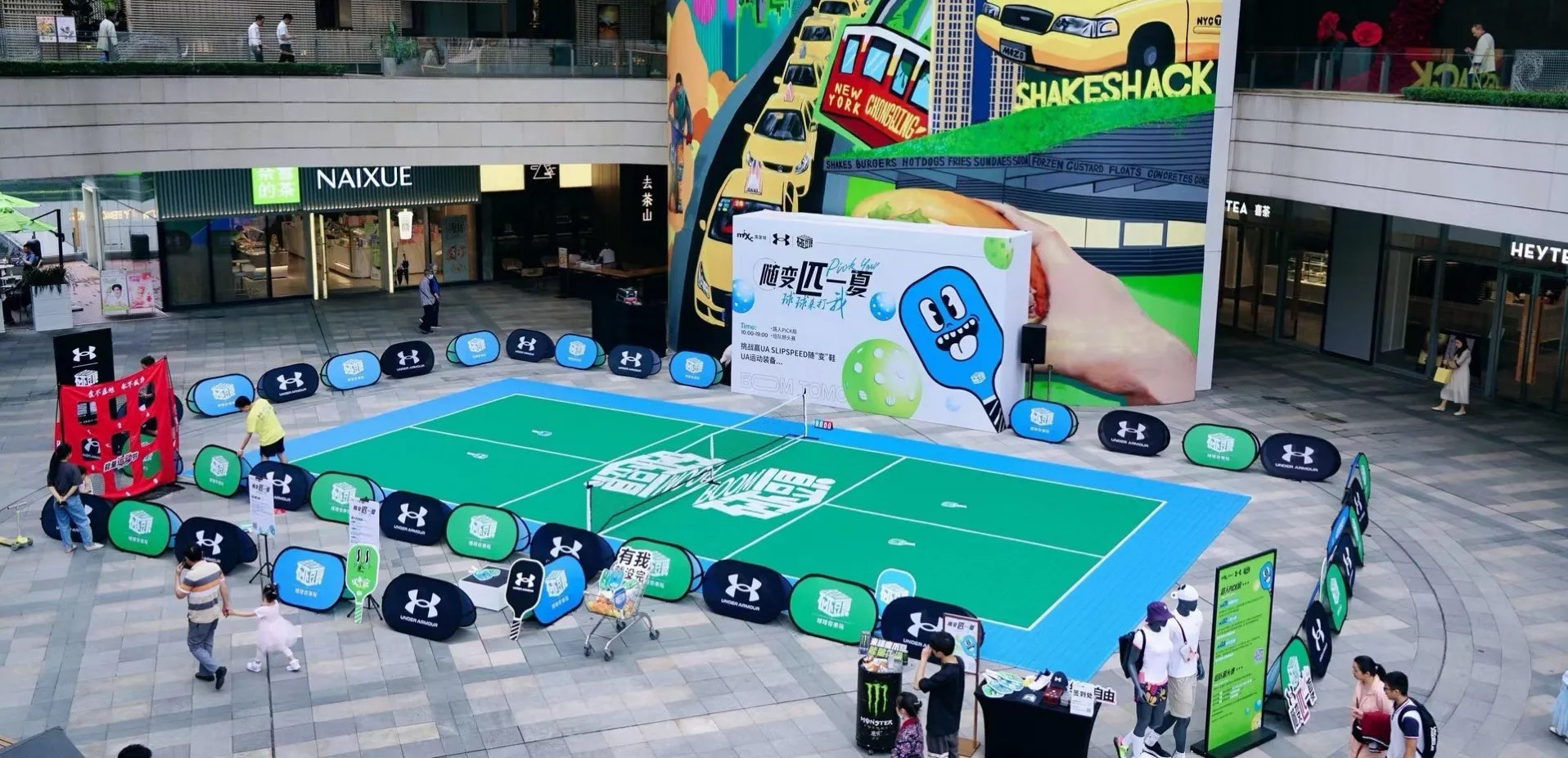Ліст . 07, 2024 22:03 Back to list
Choosing the Right Flooring for Your Play Area to Ensure Safety and Comfort
Exploring the Best Flooring Options for Play Areas
Creating a safe, engaging, and fun play area is critical for children's development. Essential to this environment is the choice of flooring, which must provide safety, durability, and comfort. With various options available, understanding the benefits and drawbacks of each can help parents, caregivers, and educators make informed decisions about play area flooring.
Safety First
Safety is the foremost consideration when selecting flooring for play areas. Children are naturally curious and adventurous, which often leads to falls and tumbles. Therefore, the flooring should ideally minimize injury risks. Soft surfaces like rubber and foam are popular choices because they provide excellent shock absorption. In fact, many outdoor playgrounds are equipped with rubber mulch or poured-in-place rubber surfacing, which helps cushion falls and reduces the risk of serious injuries.
Material Varieties
1. Rubber Flooring This is one of the most popular choices for both indoor and outdoor play areas. Rubber flooring comes in tiles, rolls, or poured surfaces, making it versatile for various applications. It offers excellent durability, weather resistance, and slip resistance. Additionally, rubber is easy to clean and maintain, making it an ideal choice for high-traffic play areas. Available in numerous colors and designs, rubber flooring can also enhance the aesthetic appeal of the play space.
2. Foam Tiles Another favorite for indoor play areas, foam tiles are lightweight and easy to install. They provide a soft and cushioned surface that can protect children during play. Additionally, foam tiles come in various colors and patterns, allowing for creative designs that can stimulate children's imaginations. However, foam tiles may not be as durable as rubber and can be susceptible to tearing and water damage. For this reason, they are generally recommended for indoor environments.
3. Artificial Turf For outdoor play areas, artificial turf is gaining popularity. It mimics the look and feel of natural grass, creating an inviting space for children to play. One of the primary benefits of synthetic grass is its ability to drain water effectively, ensuring that it remains dry and usable after rain. Moreover, high-quality artificial turf can be engineered to provide shock absorption, adding a level of safety. However, it requires regular maintenance, such as brushing and cleaning, to ensure its longevity and cleanliness.
play area flooring

4. Wooden Flooring For indoor play areas or spaces where aesthetics are a priority, wooden flooring can be a beautiful option. Natural wood offers a warm, inviting atmosphere, fostering a sense of comfort. However, traditional wooden floors may be slippery and require special care to avoid potential hazards. Using treated or engineered wood designed for high-traffic, water-resilient spaces can mitigate some safety concerns.
Environmental Consciousness
An increasingly important factor for many decision-makers is the environmental impact of flooring materials. Fortunately, several eco-friendly options exist. For instance, recycled rubber flooring not only enhances safety but also promotes sustainability by repurposing materials that would otherwise end up in landfills. Similarly, bamboo flooring is another sustainable choice known for its resilience and natural aesthetics.
Maintenance and Hygiene
Hygiene is a significant consideration in play areas, especially regarding young children who may engage in floor activities. When selecting flooring, consider its ease of cleaning and resistance to stains. Rubber and synthetic options typically outperform traditional fabrics or wooden floors in this regard.
Conclusion
Selecting the right flooring for a play area involves careful consideration of various factors, including safety, aesthetics, eco-friendliness, maintenance, and the specific needs of the children using the space. Rubber and foam remain top choices for safety and comfort, while artificial turf and wooden options may offer unique visual appeal and outdoor suitability. Ultimately, the best flooring will create a safe environment that encourages play, exploration, and growth. By investing time and resources into selecting the right materials, caregivers can foster a space where children can thrive and develop essential social and physical skills.
-
Wood Sports Flooring Enhanced by GPT-4-Turbo | Top Performance
NewsAug.02,2025
-
Sport Court Tiles with AI Innovation | Durable & Safe
NewsAug.01,2025
-
Vinyl Carpet Flooring | Durable & Waterproof Design
NewsJul.31,2025
-
Premium Basketball Board Stand with GPT-4-Turbo AI
NewsJul.31,2025
-
Premium Maple Flooring for Gyms & Homes | PVC & Vinyl Options
NewsJul.30,2025
-
Premium Outdoor Basketball Court Tiles for All Weather Use
NewsJul.30,2025

